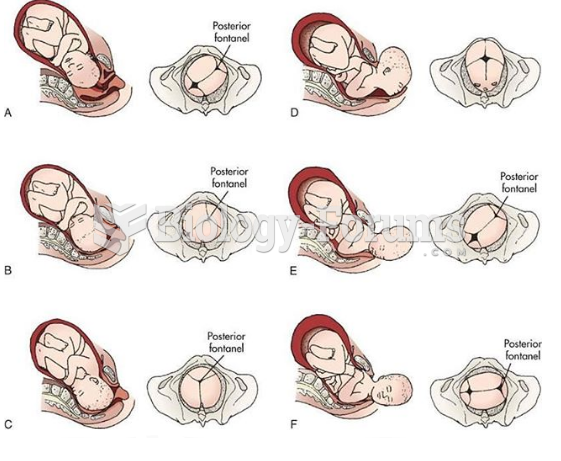Answer to Question 1
3
Rationale:
1. Only low segment transverse uterine incisions are recommended for attempting a VBAC.
2. Abdominal skin incisions and uterine incisions are not always the same.
3. Recent media reports identifying risks of VBAC have reintroduced the debate regarding its safety.
4. VBAC should only be attempted in facilities that have 24-hour coverage of operating room staff and anesthesia.
Answer to Question 2
4
Rationale: Primigravida can be broken down into the Latin roots: primi (prime, or first) and gravida (pregnancy). A pregnant woman who has had a pregnancy end before 20 weeks is considered a primipara. A pregnant woman who has been pregnant before is called a multigravida.
1. Primigravida can be broken down into the Latin roots: primi (prime, or first) and gravida (pregnancy). A pregnant woman who has had a pregnancy end before 20 weeks is considered a primipara. A pregnant woman who has been pregnant before is called a multigravida.
2. Primigravida can be broken down into the Latin roots: primi (prime, or first) and gravida (pregnancy). A pregnant woman who has had a pregnancy end before 20 weeks is considered a primipara. A pregnant woman who has been pregnant before is called a multigravida.
3. Primigravida can be broken down into the Latin roots: primi (prime, or first) and gravida (pregnancy). A pregnant woman who has had a pregnancy end before 20 weeks is considered a primipara. A pregnant woman who has been pregnant before is called a multigravida
4. Primigravida can be broken down into the Latin roots: primi (prime, or first) and gravida (pregnancy). A pregnant woman who has had a pregnancy end before 20 weeks is considered a primipara. A pregnant woman who has been pregnant before is called a multigravida







